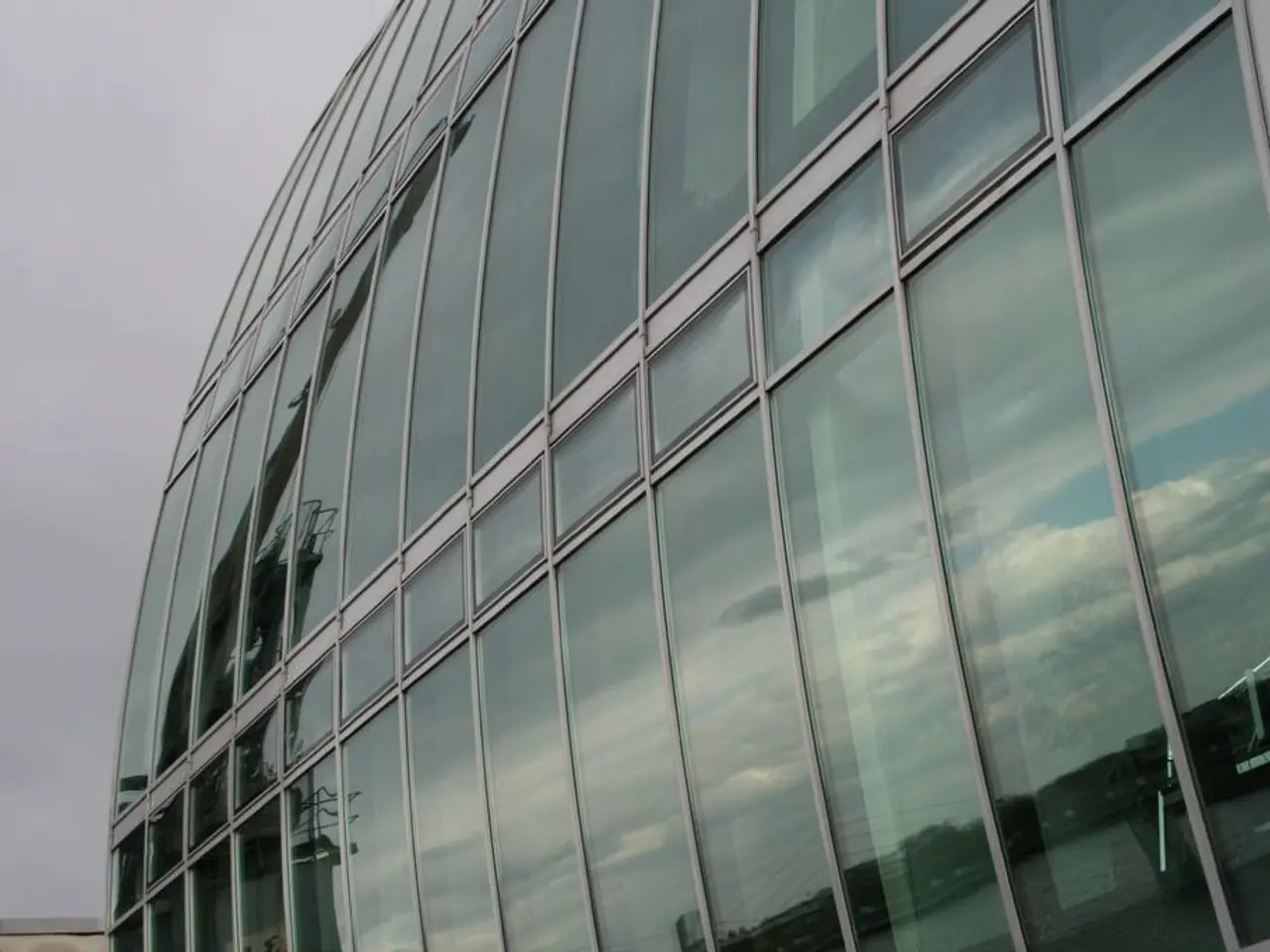Guide on the Fundamentals of R Programming Language
=====================================================================
R, a powerful programming language for statistical computing and data analysis, plays a crucial role in the life sciences. Here's a step-by-step guide for beginners to get started with R for life sciences data analysis.
Step 1: Install R and RStudio
First, download and install R from the Comprehensive R Archive Network (CRAN). Then, install RStudio, a free and popular integrated development environment (IDE) that simplifies coding in R.
Step 2: Familiarize Yourself with the Interface and Basic Commands
Learn the RStudio interface components—R Console for running commands, R Script for writing and saving code, environment pane for viewing data and variables, and plotting window for visual output. Start by performing simple computations in the console to get comfortable with commands and variables.
Step 3: Learn Basic R Programming Concepts
Understand fundamental programming basics in R such as variables, data types (vectors, lists, data frames), control structures (loops, conditionals), and functions. This foundation will help in manipulating and analyzing biological data efficiently.
Step 4: Practice Data Analysis and Visualization
Use built-in datasets and R packages (like ggplot2 for plotting, dplyr for data manipulation) to perform data cleaning, exploration, and visualization. Visualization is key in life sciences to interpret experimental results.
Step 5: Explore Specialized Packages and Workflows in Life Sciences
Many R packages (e.g., Bioconductor) are tailored for genomics, bioinformatics, and other life science fields. Learning how to use these resources will enhance your ability to analyze specific biological datasets.
Step 6: Work on Beginner Projects
Start with simple projects that involve analyzing real datasets and creating plots to consolidate learning—for example, projects analyzing gene expression, clinical data, or ecological surveys. Hands-on projects are critical to gaining practical skills and confidence.
Step 7: Use Learning Resources
Online tutorials, courses, and blogs that cover R programming basics to advanced topics are valuable. For instance, the GeeksforGeeks R tutorials cover programming and data science basics, while scientific wikis and community forums provide life sciences-specific examples and troubleshooting.
Advanced Techniques
- The 'caret' package in R simplifies the process of training and tuning machine learning models.
- The package git2r allows you to perform Git operations directly from within R.
- Ggplot2 commands begin with the creation of a 'ggplot' using the function ggplot(). Geoms are added as layers to the plot using the operator after the ggplot() brackets have been closed.
- Labels and titles can be added to the plot using the + operator and the labs() function.
- The 'randomForest' package in R implements the Random Forest algorithm for classification and regression tasks.
- The 'xgboost' package in R is a highly efficient and scalable implementation of gradient boosting.
Data Management
- Version control is vital in R for tracking changes to code over time, managing different versions of a project, enabling collaboration, and providing a safety net. The most popular tool for version control in R is Git, which can be seamlessly integrated with R Studio.
- To read in CSV or Excel files in R, the commands 'read.csv(file_name)' or 'read.excel(file_name)' can be used. Alternatively, the RStudio GUI can be used to import datasets.
- It is important to correctly set the working directory in R.
- The 'qqman' package is used for assessing and visualizing GWAS data.
Data Visualization
- The 'ggplot2' package is used for creating publication-quality plots and graphs in R. Common geoms in ggplot2 include geom_point() for scatter plots, geom_line() for line plots, and geom_bar() for bar charts.
- The mapping = aes() argument in ggplot2 contains information about the 'aesthetics' of the plot.
- After running the code, the plot can be viewed in the bottom right panel of RStudio by calling its name in the script. The plot can be saved using the command ggsave(filename).
Other Useful Packages
- Bioconductor is a collection of R packages specifically designed for the analysis of genomic and bioinformatics data. Some popular Bioconductor packages include limma, DESeq2, GenomicRanges, GenomicFeatures, flowCore, and phyloseq.
- The 'shiny' package is used for building interactive web applications with R.
Basic Arithmetic Operations
R can perform basic arithmetic operations, such as addition, subtraction, multiplication, and division.
Data Structures
- In R, variables are defined using the symbol '<-' or '=', and functions consist of a name and arguments.
- A vector can be created in R using the command vectorname <- c(arg1,arg2,arg3...).
Statistical Analysis
- Basic statistical tests, such as the Two sample T-test, Paired T-test, Chi-squared test of independence, and Wilcoxon Rank Sum test, come built into the basic R package.
RStudio Interface
The RStudio interface consists of a Script Editor, Console, Environment/History, and Files/Plots/Packages/Help panels.
R plays a significant role in genomics, bioinformatics, and life sciences analysis,including RNA sequencing. To analyze RNA sequencing data, one can utilize R packages such as Bioconductor for genomic analysis. With proper sequencing, the resulting data can be analyzed using R for gene expression studies, which involves gene-centric data analysis techniques. As part of the data analysis process, bioinformatics tools like NGS technology can be employed. In addition, data visualization andstatistical analysis,which are crucial for life sciences, can be achieved using R packages like ggplot2 and caret.




